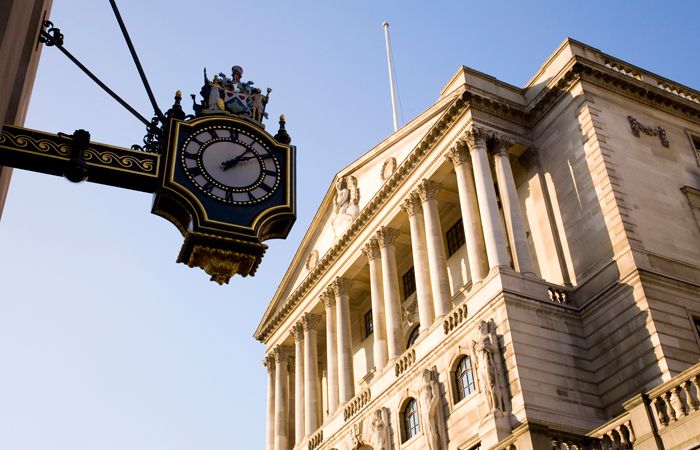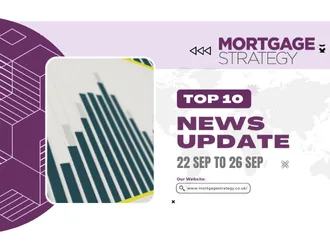
Property professionals turned their attention to when and how far the Bank of England will begin cutting the base rate next year, after its Monetary Policy Committee held rates at 5.25% for the third time in a row.
The move comes as the Bank battles to bring down inflation at 4.6%, back to its 2% target.
The minutes of the committee’s December report notes that inflation has fallen back broadly as expected from 6.7% in September to 4.6% in October.
But it says that “key indicators of UK inflation persistence remain elevated,” particularly services price inflation at 6.6%.
The UK economy shrank by more than expected in October by 0.3% after rising by 0.2% in September, as higher interest rates squeezed consumers.
Many economists forecast the UK will hit a mild recession, or at least experience anaemic growth next year — and argue rate cuts will be needed to stimulate the economy.
But the US Federal Reserve held its key interest rate steady for the third straight time between 5.25%-5.5% on Wednesday and pencilled in at least three rate cuts in 2024.
This fueled speculation that the Bank of England may bring forward rate cuts to the spring from the second half of next year.
However, the MPC points out that core inflation and wage growth in the UK are running higher than in the US or the eurozone.
It adds: “The committee continues to judge that monetary policy is likely to need to be restrictive for an extended period of time.
“Further tightening in monetary policy would be required if there were evidence of more persistent inflationary pressures.”
However, some brokers are optimistic that the market will see a series of base rate cuts next year.
SPF Private Clients chief executive Mark Harris says: “We expect the base rate to be heading towards 4% by the end of 2024, assuming inflation also continues to move towards its 2% target.
“This would necessitate around three or four interest rate cuts next year – which would be welcome news for borrowers who are struggling with affordability.
“Lenders continue to reduce their mortgage rates for both new purchases and those remortgaging, increasing the choice for borrowers at more palatable rates with two- and five-year fixes available from less than 4.3%.
“Lenders are keen to lend and will want to do more business next year as this one has been disappointing, which is likely to mean further rate reductions.”
Harris points out: “Those coming up to remortgage in the next few months will still face a payment shock as we must all get used to a higher interest rate environment, but it won’t be as bad as it could have been.
“Many clients are opting for a shorter fix in the hope that rates will come down by the time they come to remortgage, when they can lock in for longer.
“Others who don’t need the certainty of a fix and are prepared to take a risk are opting for two-year trackers with no early repayment charges, as they plan to move onto a fixed rate once pricing should pricing come down further.”
Hargreaves Lansdown head of personal finance Sarah Coles adds: “Unless something wildly unexpected happens, we’ve hit the top of the rate rise cycle, and the question is no longer what will happen next to rates, it’s how long we’re going to wait until we see cuts, and what this means for mortgages.
“Tracker mortgages will hold steady when rates are on hold, because they move with the base rate.
“Fixed rates are mainly driven by expectations, and right now the market is expecting Bank of England rate cuts sooner rather than later, which is feeding into cheaper deals. We can expect more of the same in the coming months.”
More2life managing director Ben Waugh points out: “As we see inflation rates steady and house prices settle during the Christmas period, many first-time buyers will be more inclined to take their first step onto the property ladder.
“Despite these encouraging signs of clearer waters ahead, it is still important to remember that rates remain at an all-time high, with the cost-of-living crisis also posing affordability issues for borrowers.”



